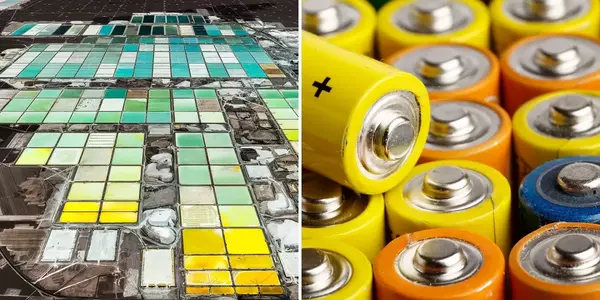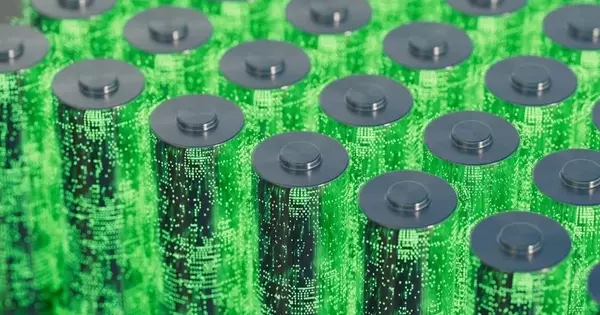Concerns about lithium-ion battery scarcity, high prices, and safety in long-term use prompted a team of Rensselaer Polytechnic Institute researchers to propose a greener, more efficient, and less expensive energy storage alternative.
In a study published recently in the Proceedings of the National Academy of Sciences (PNAS), corresponding author Nikhil Koratkar, the John A. Clark and Edward T. Crossan Professor of Engineering at Rensselaer, and his colleagues argue that calcium ions, due to their abundance and low cost, could be used as an alternative to lithium ions in batteries.
“The vast majority of rechargeable battery products are based on lithium-ion technology, which is the gold standard for performance,” Dr. Koratkar explained. “However, the cost of lithium-ion technology is its Achilles’ heel. Lithium is a finite resource on the planet, and its price has skyrocketed in recent years. We are developing a low-cost, abundant, safe, and long-lasting battery chemistry that employs calcium ions in an aqueous, water-based electrolyte.”
The vast majority of rechargeable battery products are based on lithium-ion technology, which is the gold standard for performance. However, the cost of lithium-ion technology is its Achilles’ heel. Lithium is a finite resource on the planet, and its price has skyrocketed in recent years.
Dr. Koratkar
While the larger size and higher charge density of calcium ions in comparison to lithium impair diffusion kinetics and cyclic stability, Dr. Koratkar and his colleagues propose oxide structures with large open spaces (heptagonal and hexagonal channels) as a potential solution. They demonstrate an aqueous calcium-ion battery using orthorhombic and trigonal polymorphs of molybdenum vanadium oxide (MoVO) as a host for calcium ions in their work. In the age of electrification, we take rechargeable batteries for granted. From phones and laptops to hi-tech cameras – these batteries have one thing in common. They’re all made of lithium.
In recent years, lithium-ion batteries (Li-ion) have taken the world by storm. They are currently the most popular battery storage option, accounting for more than 90% of the global grid market. They also store energy efficiently and for a long time. However, their most notable application today is in electric vehicles.
Over the last decade, an increase in lithium-ion battery production has resulted in an 85% drop in prices, making electric vehicles commercially viable for the first time in history. Batteries pave the way for a future free of fossil fuels, which is critical if we want to slow climate change.

“The calcium ion is divalent, and hence one ion insertion will deliver two electrons per ion during battery operation,” explains Dr. Koratkar. “This allows for a highly efficient battery with reduced mass and volume of calcium ions. However, the higher ionic charge and the larger size of calcium ions relative to lithium makes it very challenging to insert calcium ions into the battery electrodes. We overcome this problem by developing a special class of materials called molybdenum vanadium oxides that contain large hexagonal and heptagonal shaped channels or tunnels that run through the material.”
The team demonstrated that calcium ions can be rapidly inserted and extracted from the material, with these tunnels acting as “conduits” for reversible and fast ion transport and the findings indicate that MoVO provides one of the best performances reported to date for the storage of calcium ions.
Many people point out that Li-ion batteries can be recycled, which is a big plus because it means they can be used again and again without having to be mined every time. However, this is not yet a widely accepted practice, and progress in battery recycling has been slow in recent years. If we are to rely on lithium batteries in the future, this must improve. According to a recent study by Mario Pagliaro, “the reuse and recycling of LIBs is no longer an option but an unavoidable need for both battery and battery EV manufacturers.”
“In the not-too-distant future, lithium-ion batteries may replace lithium-ion technology as the battery chemistry of choice that powers our society,” Dr. Koratkar says. “This research could pave the way for a new class of high-performance calcium-based batteries that use abundant and safe materials from the Earth and are thus affordable and sustainable. Such batteries could be widely used in portable and consumer electronics, electric vehicles, grid and renewable energy storage, and so on.”





